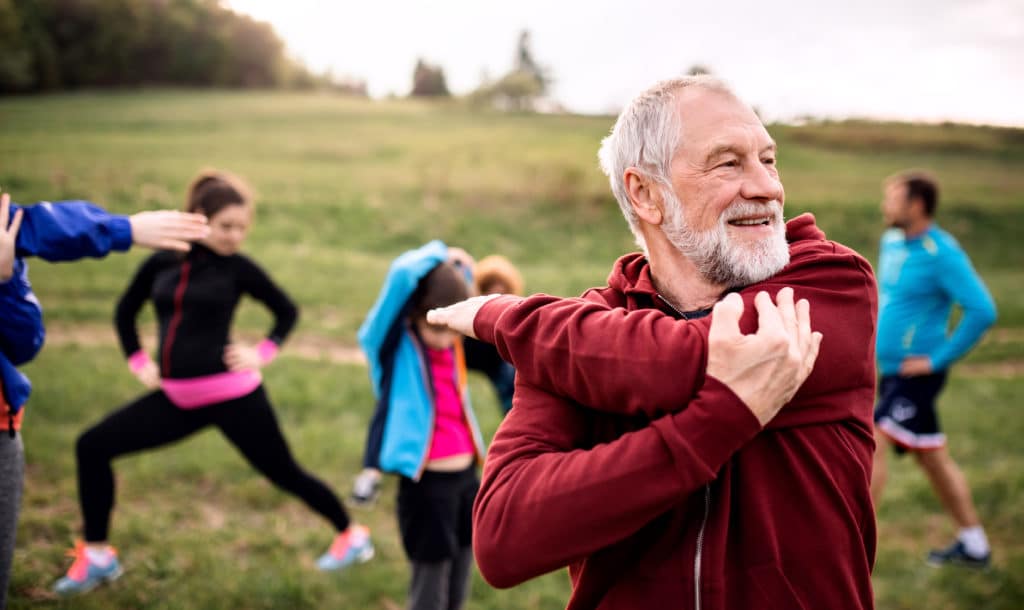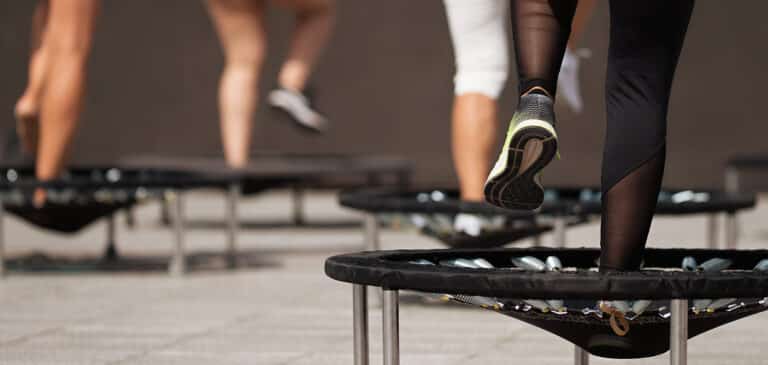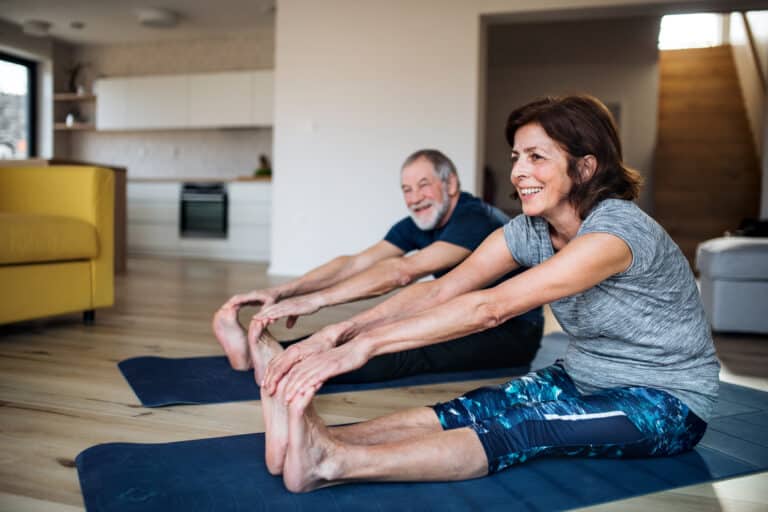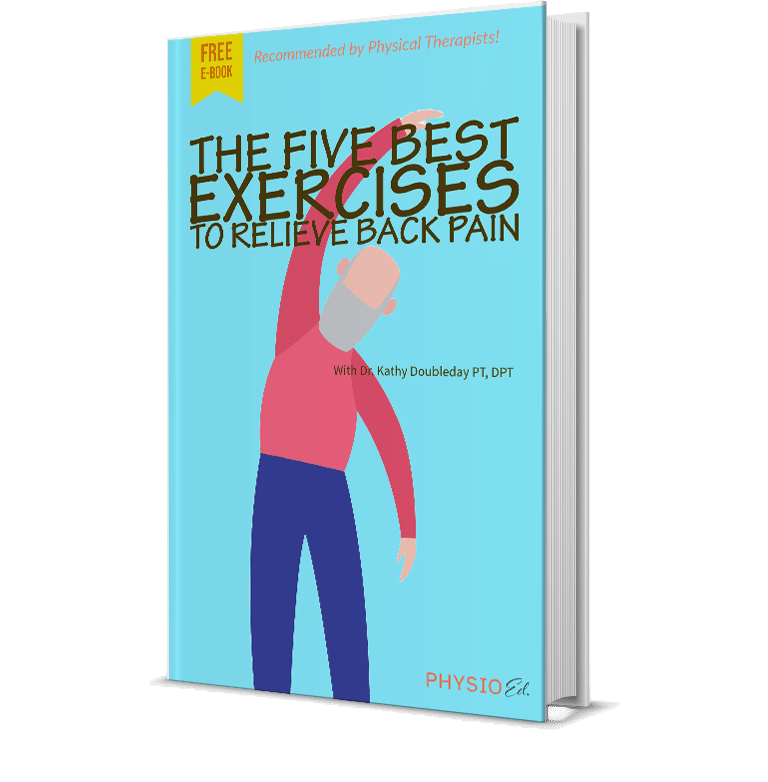How to Exercise Around an Injury: Why it is Important to Keep Moving
Injuries can come in many forms. They can happen from accidents around the home, from exercise and physical activities, and even just sleeping in an awkward position. Injuries may come on quickly from an obvious accident, or slowly from overuse. You might be wondering how to keep your exercise routine on track when you’ve got an injury? Or you might be thinking you should just rest until it feels better.
While it’s important to speak with your doctor, physical therapist, or other health professionals for advice that’s specific to you and your injury, this general information can help you get an idea of what to expect from the next few weeks while your injury heals, and hopefully soothe some fears you may be having about what this means for you.
How to stay active during an injury
One or two days off might be a good idea, but after that, you should return to a routine. Concentrate on the activities you can do rather than the ones you can’t. For instance, if your shoulder is injured from tennis, you may still be able to go for a walk to maintain your fitness. Start back slowly and work your way up. You shouldn’t be in a lot of pain! If you do feel pain, use it as a guide.
Do you need to increase the time you spend doing warm-ups, or to try another activity? Mixing up your activities is a great strategy to make sure you’re maintaining your strength when your usual activities hurt. This will also build balanced muscles, which prevents future injuries.
Get up and be active
It’s clear that exercise is a healthy habit, but it’s not always healthy to power through the pain to keep going when you’re already hurt. So should you just sit back and rest until it’s gone? Absolutely not! Not only does exercise keep you healthy when you’re already feeling good, but it can also help you heal from a setback.
Better blood flow means faster healing
You probably already know that one of the advantages of exercise is a healthy way to stimulate your heart to pump blood throughout your body, but did you know that the extra blood flow is also working to assist the healing process?
When your heart pumps harder from exercise, the oxygen and nutrients in your blood are being brought right to the site of the injury. This assists in rebuilding the injured tissue. Healthy blood flow then whisks away any byproducts of damage that have built up.
Exercise improves your bone health
You also know that exercise strengthens your muscles, helping you with daily tasks like carrying your groceries and cleaning. The same activities maintain your bone health. Together, these reduce your risk of falls and of breaking a bone from a fall. If you stop working out, your body won’t invest as much in your muscle and bone, and you lose strength.
This can lead to a minor injury setting you back far more than it needs to. Keeping up with your exercise routine, modified to allow yourself to heal, will prevent that from happening.
You also know that exercise strengthens your muscles, helping you with daily tasks like carrying your groceries and cleaning. The same activities maintain your bone health. Together, these reduce your risk of falls and of breaking a bone from a fall. If you stop working out, your body won’t invest as much in your muscle and bone, and you lose strength.
This can lead to a minor injury setting you back far more than it needs to. Keeping up with your exercise routine, modified to allow yourself to heal, will prevent that from happening.
Exercise improves joint health during injury
Keeping the muscles around your injury strong will help it heal as well. If the muscles around a joint are stronger, then the joint is protected from damage. This remains true even if you already have wear and tear in the joint, or if it has been damaged in an injury in the past.
The same thing applies if it’s a muscle that’s pulled. Muscles work together as a system, and a muscle that’s well supported by the other members of its system does not need to work as hard when it’s injured, giving it time to heal.
Exercise during injury makes it easier to stay active
Our habits are a powerful thing when it comes to exercise. If you sit out from more than one or two workouts, you’re more likely to have trouble getting back to it. Staying active through an injury will ensure you don’t lose the habit.
It’s harder to earn fitness back than it is to maintain it! And if you do lose fitness, you can be setting yourself up for another injury, creating a cycle that’s hard to come back from.
While you would ideally want to never have an injury in the first place, life isn’t always that simple. The next best thing is to be able to maintain your exercise habit and prevent any losses to strength and fitness on the occasion that injuries happen.
It may slow you down for a while, but if you stay on track, you’ll be able to slide right back into your old routine as if nothing ever happened. With care and persistence, you may even find yourself stronger than you were before. The most important thing is to stay on track.







